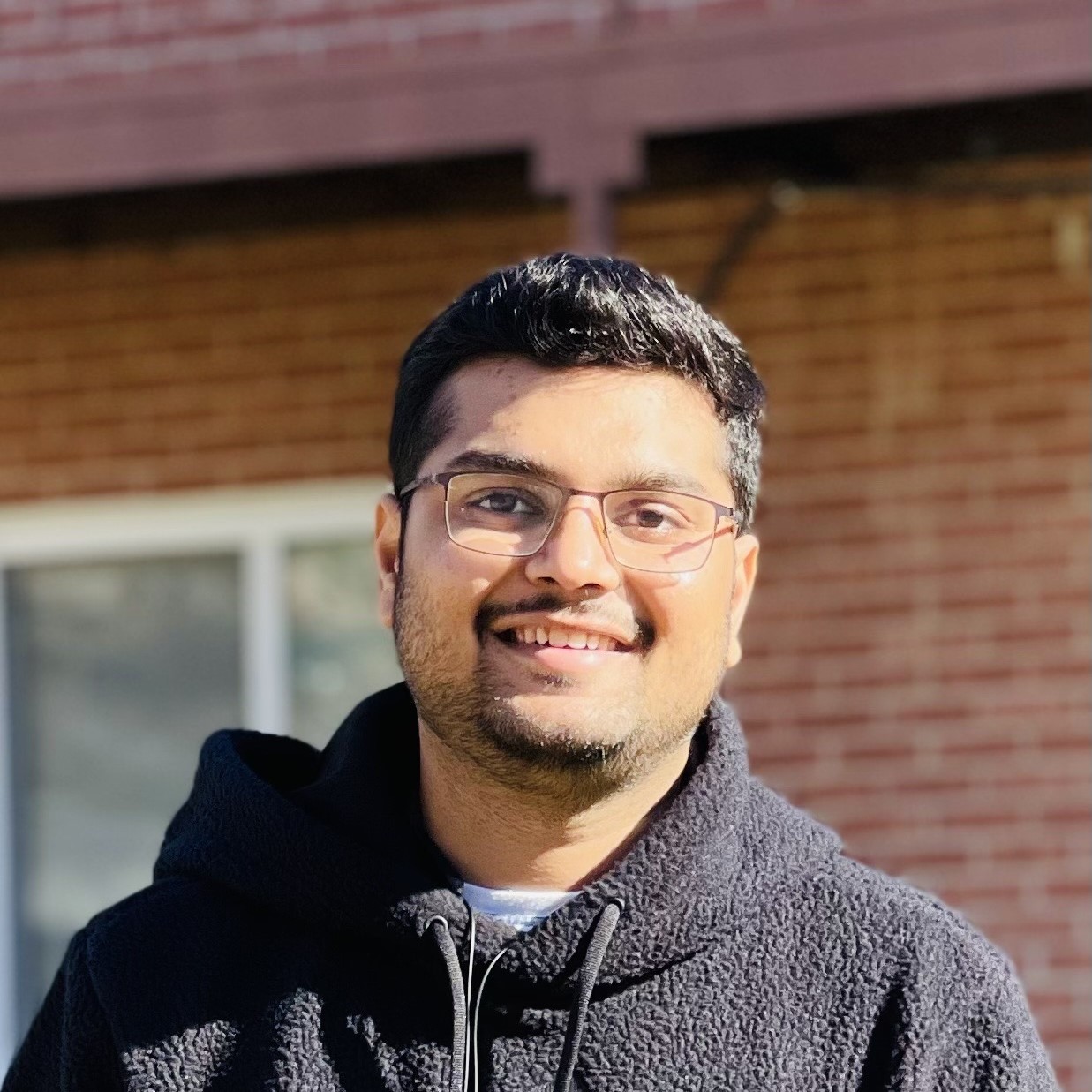Join ST for a free online workshop to learn how to develop with the STM32WB09 Bluetooth SoC, including all the latest Bluetooth® 5.4 features. During this hands-on workshop, we will explore the various features of the STM32WB09, develop in the STM32Cube Ecosystem environment, and test your project running on the STM32WB09.
The STM32WB09 is a low-power, cost-effective, and robust Bluetooth 5.4 SoC, one of the latest from STMicroelectronics. The STM32WB09 integrates one of the latest features from the Bluetooth SIG, Periodic Advertising with Response. In addition to the SoC, STMicroelectronics' industry-leading Cube Ecosystem integrates all the tools, utilities, and software examples to leverage the features of the STM32WB09.
Periodic Advertising with Response (PAwR) is one of the latest features released by the Bluetooth® SIG in version 5.4. We will explore the various use cases of this technology, and how it differs from Bluetooth® Mesh and other Bluetooth application frameworks. We will dive into the technical details of how PAwR works, the mechanisms that make it work, and how to configure this new feature for your project.
The lab sessions for this course will use two NUCLEO-WB09KE Nucleo-64 RF boards, the development platform for the STM32WB09 SoC. On this platform, you will learn the basics of the STM32CUBEWB0 software, how to configure a Bluetooth LE wireless project, and how to develop using the STM32CubeIDE integrated development environment.
While optional, the NUCLEO-WB09KE development boards are highly recommended for maximizing the workshop experience and participating in the hands-on exercises. You can purchase them in advance from ST or our distributors (see Prerequisites).
This workshop will combine lectures with hands-on instruction. It is self-paced and can be accessed on-demand any time after the start of the selected session. Live technical support will be available through online breakout rooms starting one hour into the scheduled session. (see table below).
This workshop is intended for firmware developers, systems integrators, design engineers, and technology architects working on embedded solutions on STM32 microcontrollers.
To actively participate in the workshop exercises, you will need the following:
We recommend using two screens so that you can watch, pause, and rewind the instruction video on one screen while completing the workshop tasks on the other.
Lorem ipsum dolor sit amet, consectetur adipisicing elit.
Session dates (US Eastern Time)
Each session is the complete workshop. Please select only one session when submitting your registration.
Date
Time
Morning session: Stepper motors with STSPIN820 / POWERSTEP01
9:00 - 10:00
Stepper motor fundaments
Theory: What makes a stepper turn?
Voltage and current mode drive
Limitations,speed/torque,ect
11:30 - 12:30
Lunch
11:30 - 12:30
Lunch
11:30 - 12:30
Lunch
11:30 - 12:30
Lunch
10:00 - 11:30
STSPIN820 or POWERSTEP01
Using the GUI to evaluate motor operation
Configuring motor control parameters with the GUI
Implementing a drive based on the firmware pack
10:00 - 11:30
STSPIN820 or POWERSTEP01
Using the GUI to evaluate motor operation
Configuring motor control parameters with the GUI
Implementing a drive based on the firmware pack
9:00 - 10:00
Stepper motor fundaments
Theory: What makes a stepper turn?
Voltage and current mode drive
Limitations,speed/torque,ect
Afternoon session: BLDC motors with STSPIN32F0
12:30 - 1:30
BLDC theory and fundamentals
# pole pairs
What makes FOC work (donkey and carrot example)
Sensoriess vs. Sensored feedback control
1:30 - 3:00
Implementing a 6-step drive
3:00 - 4:30
Implementing a FOC drive
3:00 - 4:30
Implementing a FOC drive
3:00 - 4:30
Implementing a FOC drive
3:00 - 4:30
Implementing a FOC drive
3:00 - 4:30
Implementing a FOC drive
3:00 - 4:30
Implementing a FOC drive
3:00 - 4:30
Implementing a FOC drive
3:00 - 4:30
Implementing a FOC drive
Afternoon session: BLDC motors with STSPIN32F0
12:30 - 1:30
BLDC theory and fundamentals
# pole pairs
What makes FOC work (donkey and carrot example)
Sensoriess vs. Sensored feedback control
3:00 - 4:30
Implementing a FOC drive
3:00 - 4:30
Implementing a FOC drive
3:00 - 4:30
Implementing a FOC drive
3:00 - 4:30
Implementing a FOC drive
3:00 - 4:30
Implementing a FOC drive
3:00 - 4:30
Implementing a FOC drive
3:00 - 4:30
Implementing a FOC drive
3:00 - 4:30
Implementing a FOC drive
3:00 - 4:30
Implementing a FOC drive
Afternoon session: BLDC motors with STSPIN32F0
12:30 - 1:30
BLDC theory and fundamentals
# pole pairs
What makes FOC work (donkey and carrot example)
Sensoriess vs. Sensored feedback control
3:00 - 4:30
Implementing a FOC drive
3:00 - 4:30
Implementing a FOC drive
3:00 - 4:30
Implementing a FOC drive
3:00 - 4:30
Implementing a FOC drive
3:00 - 4:30
Implementing a FOC drive
3:00 - 4:30
Implementing a FOC drive
3:00 - 4:30
Implementing a FOC drive
3:00 - 4:30
Implementing a FOC drive
3:00 - 4:30
Implementing a FOC drive
Afternoon session: BLDC motors with STSPIN32F0
12:30 - 1:30
BLDC theory and fundamentals
# pole pairs
What makes FOC work (donkey and carrot example)
Sensoriess vs. Sensored feedback control
3:00 - 4:30
Implementing a FOC drive
3:00 - 4:30
Implementing a FOC drive
3:00 - 4:30
Implementing a FOC drive
3:00 - 4:30
Implementing a FOC drive
3:00 - 4:30
Implementing a FOC drive
3:00 - 4:30
Implementing a FOC drive
3:00 - 4:30
Implementing a FOC drive
3:00 - 4:30
Implementing a FOC drive
3:00 - 4:30
Implementing a FOC drive
Afternoon session: BLDC motors with STSPIN32F0
12:30 - 1:30
BLDC theory and fundamentals
# pole pairs
What makes FOC work (donkey and carrot example)
Sensoriess vs. Sensored feedback control
3:00 - 4:30
Implementing a FOC drive
3:00 - 4:30
Implementing a FOC drive
3:00 - 4:30
Implementing a FOC drive
3:00 - 4:30
Implementing a FOC drive
3:00 - 4:30
Implementing a FOC drive
3:00 - 4:30
Implementing a FOC drive
3:00 - 4:30
Implementing a FOC drive
3:00 - 4:30
Implementing a FOC drive
3:00 - 4:30
Implementing a FOC drive
Afternoon session: BLDC motors with STSPIN32F0
12:30 - 1:30
BLDC theory and fundamentals
# pole pairs
What makes FOC work (donkey and carrot example)
Sensoriess vs. Sensored feedback control
3:00 - 4:30
Implementing a FOC drive
3:00 - 4:30
Implementing a FOC drive
3:00 - 4:30
Implementing a FOC drive
3:00 - 4:30
Implementing a FOC drive
3:00 - 4:30
Implementing a FOC drive
3:00 - 4:30
Implementing a FOC drive
3:00 - 4:30
Implementing a FOC drive
3:00 - 4:30
Implementing a FOC drive
3:00 - 4:30
Implementing a FOC drive
Afternoon session: BLDC motors with STSPIN32F0
12:30 - 1:30
BLDC theory and fundamentals
# pole pairs
What makes FOC work (donkey and carrot example)
Sensoriess vs. Sensored feedback control
3:00 - 4:30
Implementing a FOC drive
3:00 - 4:30
Implementing a FOC drive
3:00 - 4:30
Implementing a FOC drive
3:00 - 4:30
Implementing a FOC drive
3:00 - 4:30
Implementing a FOC drive
3:00 - 4:30
Implementing a FOC drive
3:00 - 4:30
Implementing a FOC drive
3:00 - 4:30
Implementing a FOC drive
3:00 - 4:30
Implementing a FOC drive
Afternoon session: BLDC motors with STSPIN32F0
12:30 - 1:30
BLDC theory and fundamentals
# pole pairs
What makes FOC work (donkey and carrot example)
Sensoriess vs. Sensored feedback control
3:00 - 4:30
Implementing a FOC drive
3:00 - 4:30
Implementing a FOC drive
3:00 - 4:30
Implementing a FOC drive
3:00 - 4:30
Implementing a FOC drive
3:00 - 4:30
Implementing a FOC drive
3:00 - 4:30
Implementing a FOC drive
3:00 - 4:30
Implementing a FOC drive
3:00 - 4:30
Implementing a FOC drive
3:00 - 4:30
Implementing a FOC drive
Afternoon session: BLDC motors with STSPIN32F0
12:30 - 1:30
BLDC theory and fundamentals
# pole pairs
What makes FOC work (donkey and carrot example)
Sensoriess vs. Sensored feedback control
3:00 - 4:30
Implementing a FOC drive
3:00 - 4:30
Implementing a FOC drive
3:00 - 4:30
Implementing a FOC drive
3:00 - 4:30
Implementing a FOC drive
3:00 - 4:30
Implementing a FOC drive
3:00 - 4:30
Implementing a FOC drive
3:00 - 4:30
Implementing a FOC drive
3:00 - 4:30
Implementing a FOC drive
3:00 - 4:30
Implementing a FOC drive

Colin Ramrattan has been with STMicroelectronics since 2012 and currently serves as a Product Marketing Manager for wireless products in the Americas. Before focusing on microcontrollers, he held roles in the analog sensors and connectivity organization. Prior to joining ST, Colin worked as a design engineer and project manager.

With over 30 years of experience in communication ICs and technologies, Antonio is part of the Wireless MCU group, offering expertise in RF, digital systems, DSP, and firmware design. He also advises on EMC, antenna design, FCC type approval, and packaging effects on antennas.

Yash specializes in wireless microcontrollers and is proficient in Wi-Fi, Bluetooth, and ultra-wideband technologies. With extensive experience in RF system design, he advances wireless systems at ST. He holds a Master's in Electrical and Computer Engineering from Missouri University of Science and Technology.

Sudarshan has a strong background in Embedded Systems with 4 years of experience. He earned his master’s degree in Electrical Engineering, focusing on Embedded Systems and IoT, from the University of Colorado Boulder in May 2023. He joined STMicroelectronics in May 2022.

Mathis has been working at STMicroelectronics since December 2023, focusing on Bluetooth Low Energy and Ultra-Wideband microcontrollers. Prior to joining ST, he worked as an electronic engineer at a startup in France, handling various analog and digital projects. In his free time, he is an avid badminton player and a jazz pianist.
The STM32WB0 microcontroller series enables reliable wireless performance in a compact, energy-efficient design. Certified for Bluetooth® Low Energy 5.4, the STM32WB0 offers a best-in-class 2.4 GHz radio and low-power features that are ideal for cost- and energy-sensitive wireless applications.
The STM32WB0 microcontroller offers best-in-class power consumption, making it ideal for energy-efficient IoT, wearables, and other portable applications requiring an extended battery lifetime.
All the STM32WB0 lines support long range, 2 Mbps, extended advertising and AoA/AoD. The STM32WB09xx line adds additional support for isochronous channels and PAwR.
All rights reserved © 2024 STMicroelectronics | Terms of use | Sales Terms & Conditions | Trademarks | Privacy Portal
